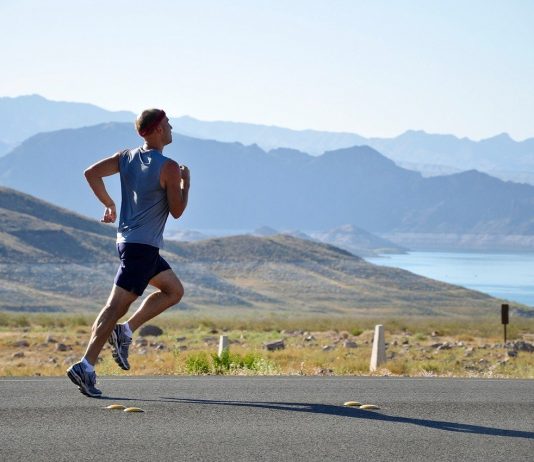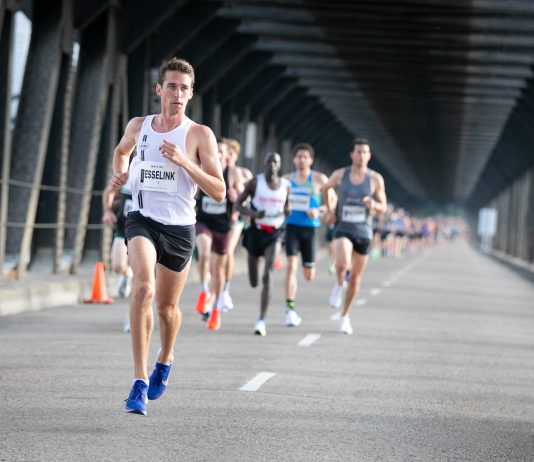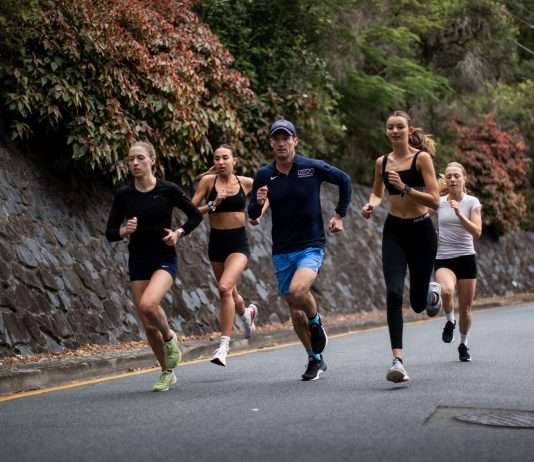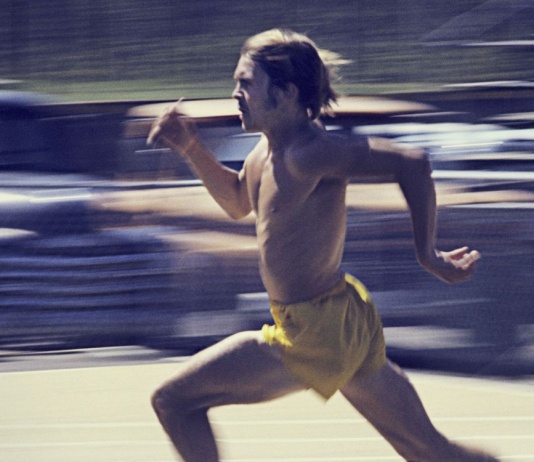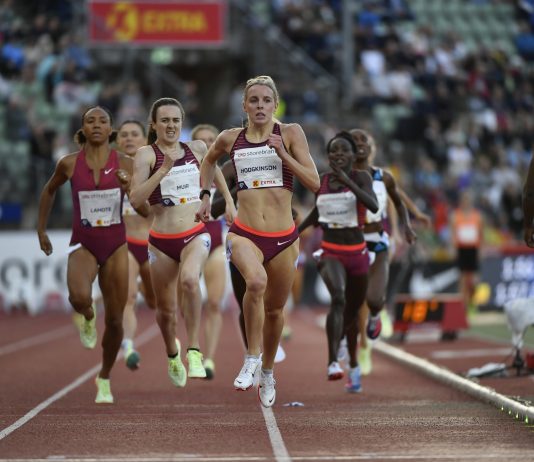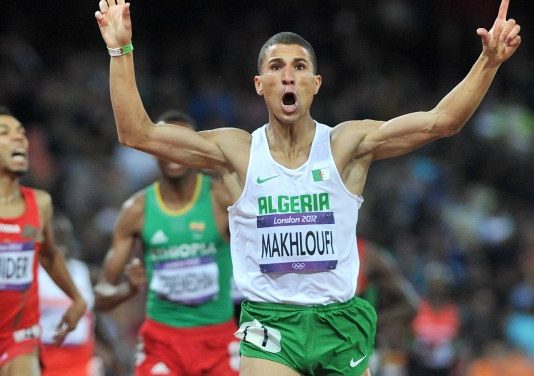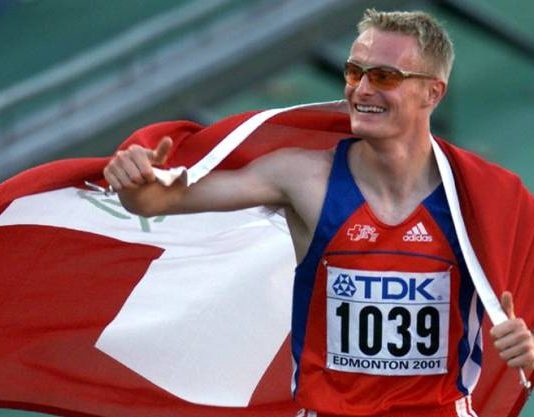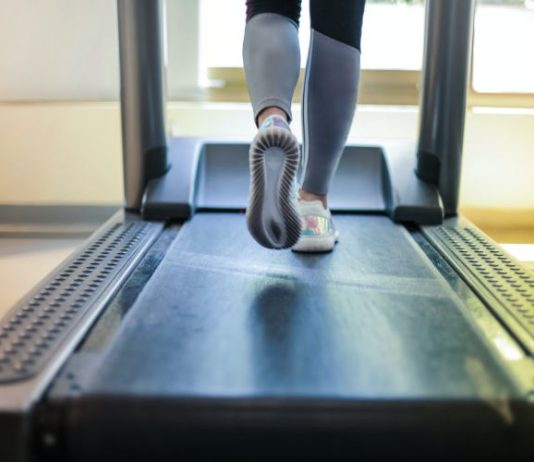The Double Threshold System and the Canova Special Block may share some apparent similarities, but delving deeper reveals their intrinsic differences. It is essential for runners to grasp this key takeaway: the Double Threshold System is not merely a Canova Special Block. While both involve two intense workouts in a day and a significant volume of fast running, their objectives and training philosophies set them apart.
When it comes to long-distance running, finding the perfect balance of strength, speed, and endurance is the key to success. These crucial elements require careful cultivation through consistent training, including workouts such as the dynamic 400m repeats. What sets this workout apart is its innovative approach—gradually reducing the recovery time between intervals, challenging your body to develop both strength and endurance while maintaining a swift pace.
Are you preparing for the 1500m race and curious about your race pace? Look no further. Below, we present five workouts that can serve as indicators of your current form and help you gauge your readiness for the race.
Elite 5K runners often speak of one particular workout with reverence: the Pre 30-40 workout. This workout was originally designed by legendary American distance runner Steve Prefontaine as part of his training regimen for the 5K. The workout consists of alternating between a 30-second 200m run and a 40-second 200m run, for a total of 3 miles. It has become a classic among elite distance runners, and its effectiveness is widely recognized.
Keely Hodgkinson: The Unconventional Training Approach of a Young Olympic Medalist
Runnerstribe Admin -
In an interview from last year, Keely shared details about her training regimen and race preparation, revealing that her training is unconventional compared to other long-distance runners. Rather than doing long, slow runs, she focuses on quality training sessions and cross-training to keep her off her feet during the winter. Her weekly schedule includes cross-training on Mondays, a cross-trainer and track session on Tuesdays, a 30-minute run and cross-training on Wednesdays, a tempo-type session on Thursdays, Fridays off, a longer session on Saturdays in the winter or a track session in the summer, and hills on Sundays in the winter or a 15-minute run in the summer. Keely believes that the new science and perspective on 800m training emphasize the importance of speed over running many miles
Taoufik Makhloufi, the Algerian track and field star, has made a name for himself in the 800m and 1500m events. His outstanding achievements include three Olympic medals—gold and two silvers—in the 2012 and 2016 Games.
It is crucial to acknowledge that endurance training does not rely on secret formulas or miraculous workouts. Instead, it revolves around subjecting the cardiovascular system, metabolism, and muscles to stress, triggering adaptive responses. While training methodologies may evolve, the core principles remain unaltered.
For years, it was believed that Africans had an unbeatable advantage in the 800m race, and that no European runner could break their dominance in this event. However, Swiss athlete Andre Bucher challenged this perception with his outstanding performances during the summer of that year. Despite being a fair-skinned...
Lactate threshold plays a vital role in optimizing running performance, representing the exercise intensity at which blood lactate begins to accumulate. By delving into the significance of lactate threshold and adopting effective strategies to improve it, runners can train their bodies to endure high-intensity workouts with reduced fatigue. This article explores practical methods to elevate your lactate threshold, ultimately leading to enhanced endurance and speed.
While the treadmill may lack the picturesque scenery of outdoor routes, it offers numerous advantages that make it a favorite among elite runners like Eilish McColgan. Inclement weather poses a safety risk on outdoor surfaces, making the treadmill a reliable alternative. Additionally, studies show that treadmill running can lead to adjustments in stride length and frequency, ultimately improving cadence and reducing impact forces on the body.


